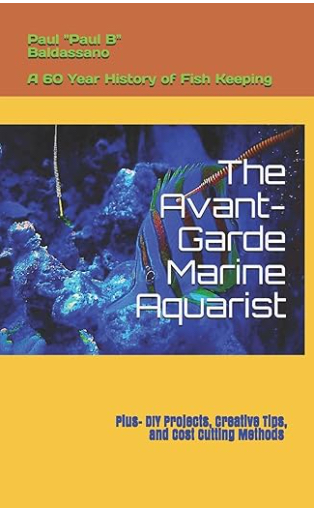I want to take this opportunity to answer a frequently asked question: do I need those Fugly pinkish refugium light for marco algae?
The short answer is: No
These are major reasons:
1. Marco algae under the ocean do their photosynthesis just like coral. Any light that is good for coral is good for marco algae.
2. The pinkish light spectrum is, simply adopted from horticulture led, an some of them ARE horticulture led. On the land, there are a lot of red, it is not the case under the ocean.
3. Someone will say, I see tons of growth under these pinkish red led. Well, you get the similar result with a day light led. PAR is the most important thing, either from the $300 one or from a $50 alcheapo Ebay black box.
For matter of fact, many al-cheapo led out perform the $300 one.
The short answer is: No
These are major reasons:
1. Marco algae under the ocean do their photosynthesis just like coral. Any light that is good for coral is good for marco algae.
2. The pinkish light spectrum is, simply adopted from horticulture led, an some of them ARE horticulture led. On the land, there are a lot of red, it is not the case under the ocean.
3. Someone will say, I see tons of growth under these pinkish red led. Well, you get the similar result with a day light led. PAR is the most important thing, either from the $300 one or from a $50 alcheapo Ebay black box.
For matter of fact, many al-cheapo led out perform the $300 one.

